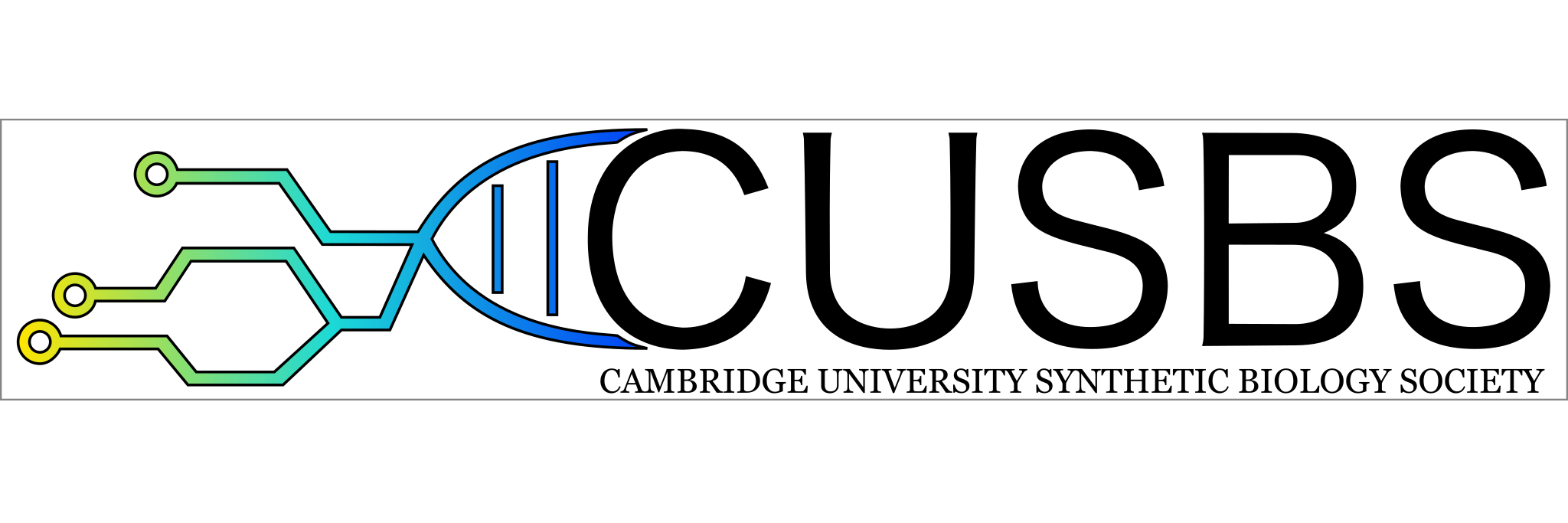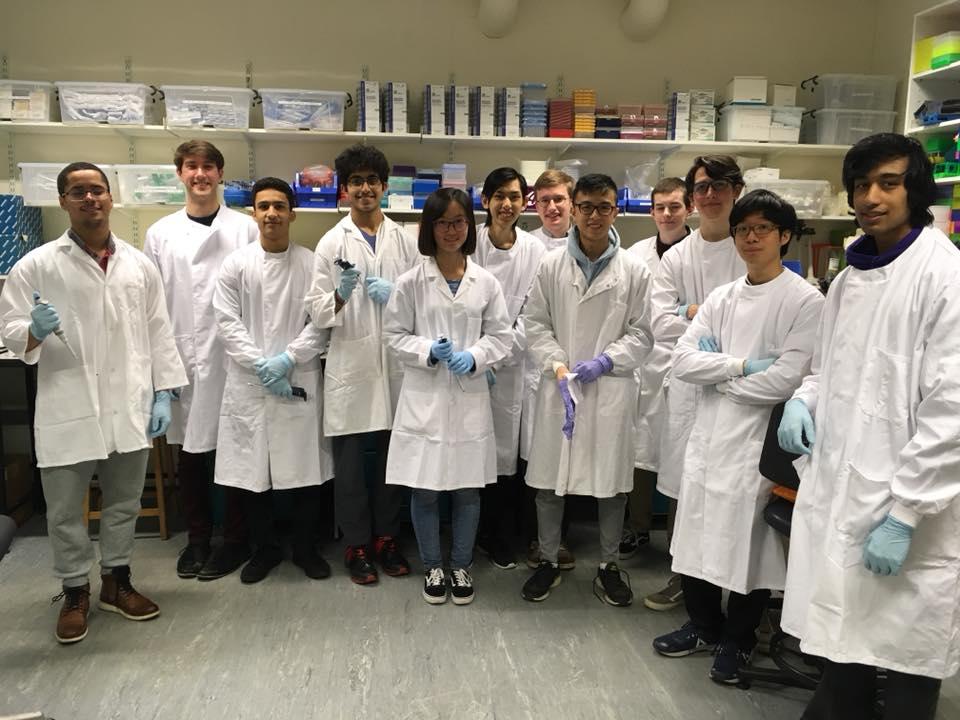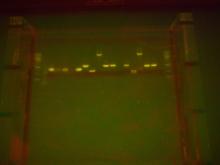
Submitted by Jenny Molloy on Thu, 30/11/2017 - 15:28
The Cambridge University Synthetic Biology Student Society are running a student-led project 2017-18. They had their first lab session this month which represented the launch of the first collaborative project at Biomakespace, Cambridge's new community biology lab based at the Biomedical Campus. Over 10 students attended to start preparing DNA that will eventually be used to create 'bacterial photography'.
The Cambridge University Synthetic Biology Society (CUSBS) aims to promote the field of synthetic biology (SynBio) amongst the student community and within schools in Cambridge. Particular focus is given to real-world applications and the interdisciplinary nature of synthetic biology. As part of their extensive programme of talks and other activities, the society runs student-led hardware and biology projects. The 2017-18 biology project led by Andre Zylstra and Bill Jia will involve building light-responsive genetic circuits in E.coli to create 'bacterial photographs'.
 They then intend to move on to designing and testing a genetic construct which will allow the bacterial colony to perform edge detection i.e. only to produce colour changes where the light / dark boundary of projected light falls over the colony.
They then intend to move on to designing and testing a genetic construct which will allow the bacterial colony to perform edge detection i.e. only to produce colour changes where the light / dark boundary of projected light falls over the colony.
Finally, they hope to be able to extend previously published work by generating a circuit enabling colonies to perform high-pass filtering, resulting in a kind of image sharpening behaviour and develop computational models for all three systems.
 The project is the first collaborative team project at Biomakespace, Cambridge's new community biology lab based at the Biomedical Campus which is building up to opening to more members in early 2017. Their first lab session in November was a great success as they amplified DNA from iGEM BioBricks through polymerase chain reaction (PCR) and visualised the results. If you want to join, support or sponsors CUSBS's work, please see their website for more information!
The project is the first collaborative team project at Biomakespace, Cambridge's new community biology lab based at the Biomedical Campus which is building up to opening to more members in early 2017. Their first lab session in November was a great success as they amplified DNA from iGEM BioBricks through polymerase chain reaction (PCR) and visualised the results. If you want to join, support or sponsors CUSBS's work, please see their website for more information!
Read more on the CUSBS website >>
References for the project:
- Levskaya et al. (2005) Synthetic biology: Engineering Escherichia coli to see light. Nature, 438(7067),441-442.
- Tabor et al. (2009). A Synthetic Genetic Edge Detection Program. Cell, 137(7), 1272-1281.

